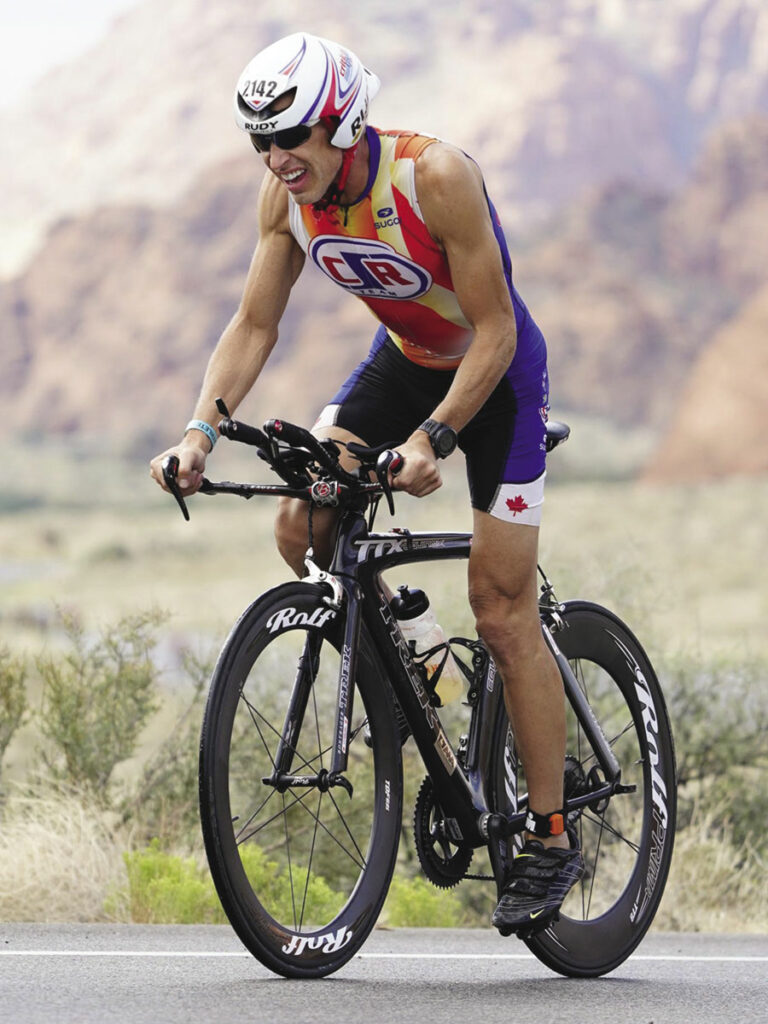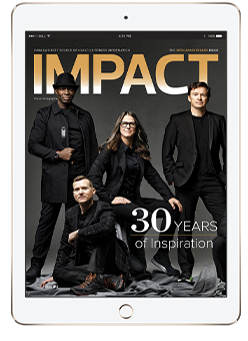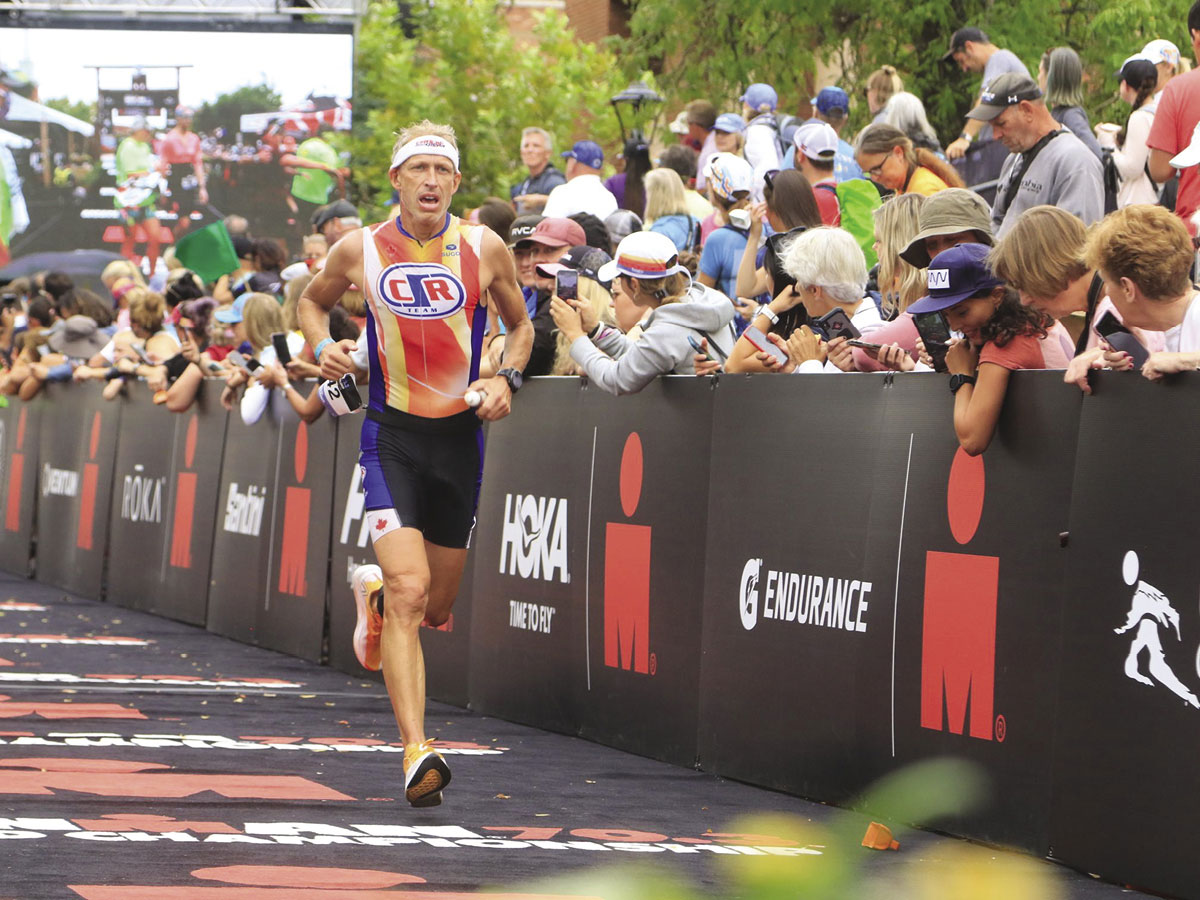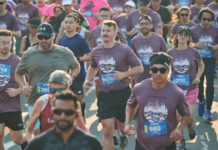I still recall the first issue of IMPACT Magazine 30 years ago. I was a kinesiology student learning the art of coaching and exercise science. Three decades later, many training trends have come and gone. Similarly, much has changed in the area of wearable technology with high-performance sport being more accessible to many more people. Through it all, the basics of high performance have stood the test of time.
As an elite athlete and master endurance coach, I stay current with scientific research and applied learning. Much of this attention is driven by my athletic performance goals which included my first World IRONMAN 70.3 Championships on Sept. 17 in St. George, Utah. When preparing for a World Championships, I create a training program that has all the proven methods to maximize performance gains and recovery. The final six-eight weeks is what makes the difference. I don’t waste my time or money on market-driven tools that have no validity or reliability. Furthermore, I keep my training, nutrition and recovery simple. The results of detailed planning and meticulous execution resulted in my first IRONMAN 70.3 World title at age 53 — a title earned riding a 15-year-old triathlon bike and without carbon plated shoes. My point is that your health and training trumps any equipment purchase or technology. Don’t get too caught up in the shiny bells and whistles and grand promises.
Looking back on my career in triathlon, my ultimate goal was to win a world title. Growing up as a soccer player, running and eventually cycling developed quickly. But swimming was a challenge. When I step back and try to identify the key principles that have allowed me to pursue maximal performance, the following come to mind.
Athletes need a low level of baseline stress to maximize recovery and training loads. Losing a job or going through divorce will affect your performance.
Consistency in training is the next most important principle to develop superior endurance performance.
Beside time constraints, structural and soft tissue health can be a major limiter to remaining consistent. Regular tissue care, as basic as stretching and sport massage is critical.
Rest must not only allow the peripheral tissue to adapt, but promote recovery of central systems such as hormones and cellular processes.
Age and aging will always play a role in the amount or type of training load. Pay attention to how well your body is recovering and adapt your training accordingly.
Wearable tools and body data should be considered, but never used exclusively to determine training load. Mood and motivation work best to identify general fatigue. Even tracking heart rate variability has flaws.
Diet supports the training energy requirement and more importantly, recovery. But it does not need to be complicated, nor overly restrictive or expensive. Paying hundreds of dollars a month for supplements simply is not necessary. A general understanding of training adaptation is beneficial to remain positive and motivated through the mindless grind of daily routines.
The older the athlete is, the more important proper recovery practices are (stretching, water therapy, protein intake, fascial release, skeletal adjustments, etc). Video is a great tool to assess technique in all sports, helping to identify your limitations.
Despite three decades that have come and gone for me and IMPACT, the fundamentals of training, nutrition and recovery have stood the test of time. There are no magic pills to take. It’s about having a plan that fits you and sticking to it. Once you’ve put in the hard work, try implementing my training tips to reach your true performance potential.

Coach Cal’s Training Tips to Be Your Best
- After high-stress run sessions, active recovery such as deep-water running or an easy 30-minute ride are the best methods to reduce excessive inflammation and promote recovery (much better than compression leg boots).
- Regular exposure to natural altitude is superior to any altitude chamber or device.
- Less is better when designing intensive training sessions.
- Midday naps make all the difference when training two-three times per day.
- My personal super foods are eggs, avocados, and salads.
- Listen to your intuition during a training session. Stop or back off before a mishap.
- Never sacrifice your health for fitness gains.
- Trust your fitness, even when under high anxiety of a race.
Photography by FinisherPix

Read This Story in Our 30th Anniversary Digital Edition
Celebrate 30 years of Canada’s best health and fitness publication!
Explore future trends in health, fitness and food in this special 30th anniversary edition. Find our favourite tech and kitchen must-haves, then work out with two of IMPACT Magazine’s Canada’s Top Fitness Trainers before making one of our delicious plant-based recipes – all inside this issue!
















